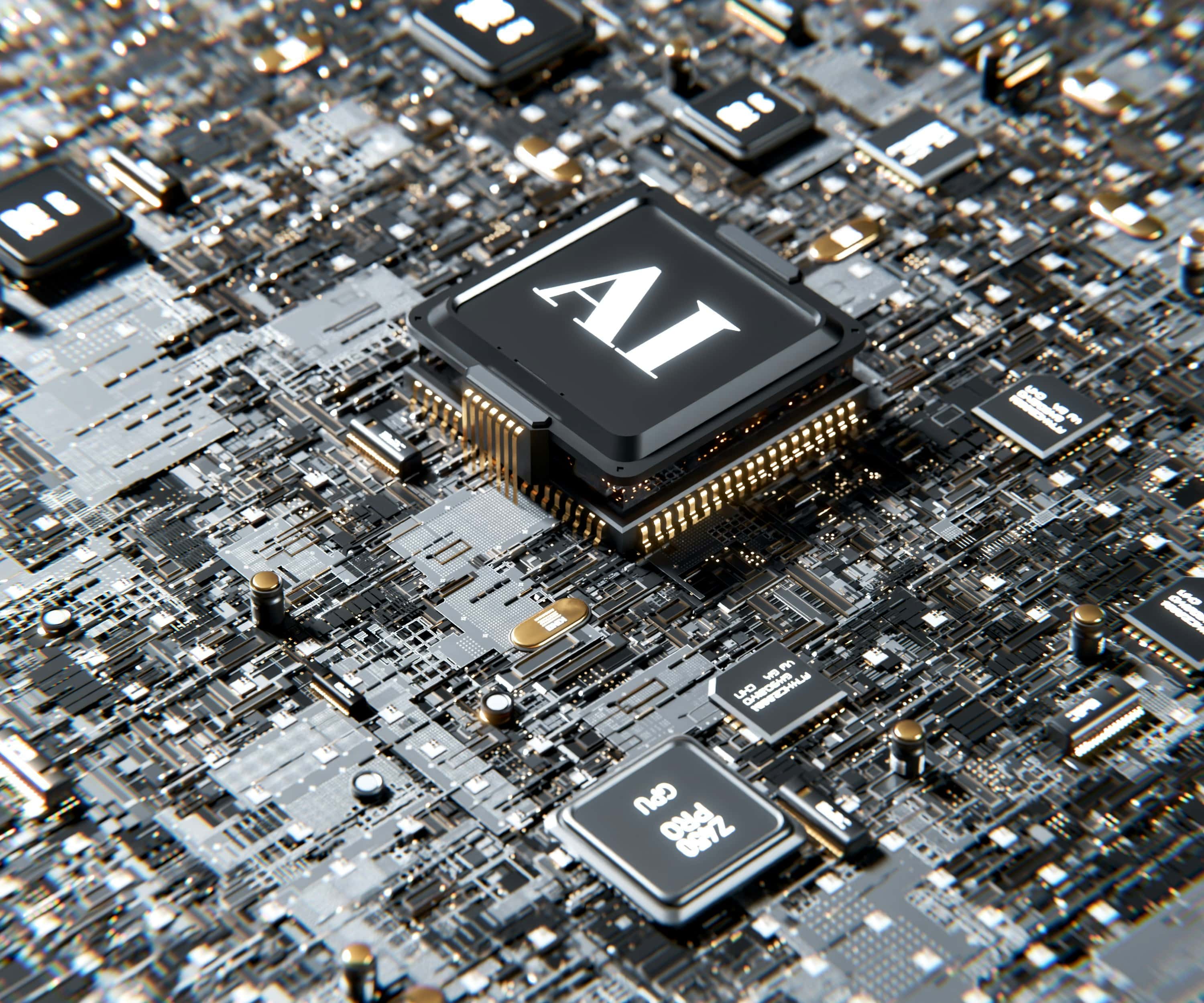AI Generated vs AI Assisted in UI Design
In today’s world, AI has already taken a big part of our everyday life. From asking how to make soup to generating data on TikTok trends, AI has helped us in countless ways. Yet, this growing reliance raises important questions: If every job were done by AI, can we truly trust the results? Can we replace human creativity and intuition with machines simply because they’re faster and cheaper?
In the realm of UI design, many designers are turning to AI to assist with various tasks. Tools like Ulzard, Canonic, and v0 by Vercel are used to generate templates, wireframes, and other design resources. Some of these tools are even utilized by end-users to simulate real designs, which can reduce the need for designers in certain projects. While this efficiency is appealing, it’s crucial to remember that design is not just about aesthetics; it’s about understanding user emotions and experiences.
Christian Burlacu from the University of Twente in the Netherlands conducted an experiment involving six participants who compared sets of social media content from LinkedIn, each generated by AI and human creators. They discovered that most participants felt human-made content emphasized emotional value and craftsmanship, highlighting the importance of the human touch. While AI-generated content can be accurate and reliable, it often lacks the emotional depth that resonates with audiences (Burlacu et al., 2023).
AI-generated design may provide quick solutions, but often lacks the nuances of human interaction and experience. On the other hand, AI-assisted tools can enhance a designer's workflow, speeding up processes while maintaining quality and creative control.
Moreover, it's essential to consider the ethical implications. Who takes responsibility for the content generated by AI? If AI tools produce designs that miss the mark or fail to connect with users, how do we address those shortcomings? That designers has to remain in control of the creative process to help maintain accountability and encourages a thoughtful approach to using AI.
Finally, the integration of AI in design should also prioritize inclusivity. AI are limited by the data they’re trained on, which means they may reinforce biases if not carefully monitored. Ultimately, the goal should be to find a balance between AI-generated content and human-made content. By combining the reliability of AI generated contents and the nuanced humane emotions, a more intuitive and user-friendly interfaces that truly resonate with users that may connect on a deeper emotional level, enriching the overall user experience may be fulfilled.
